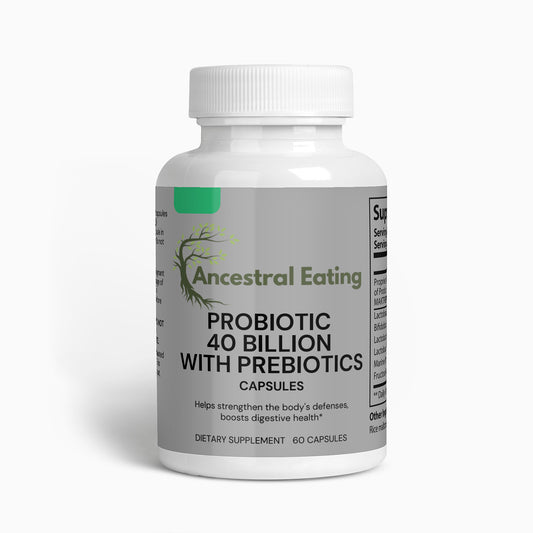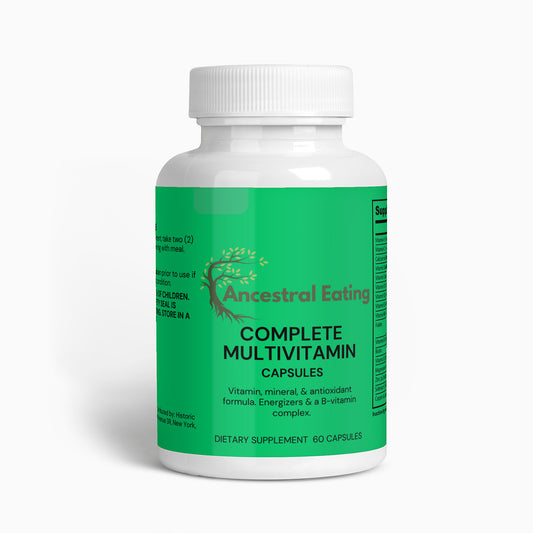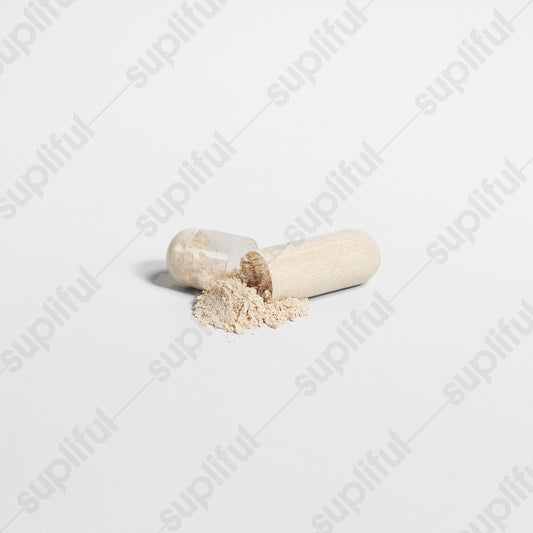The Philippines has a rich culinary history influenced by various cultures due to its geography, trade, and colonial past. Over the past 500 years, the archipelago has seen culinary influences from its indigenous communities, Chinese traders, Spanish colonizers, American occupiers, and nearby Southeast Asian neighbors. Here's a look at some of the foods that have been eaten in the Philippines over this period:
Indigenous Influence
- Rice: A staple in most meals, consumed as white rice, or in dishes like "Arroz Caldo" (rice porridge).
- Coconut: Used extensively, whether as milk in cooking or grated for desserts.
- Fish and Seafood: Given the country's extensive coastline and islands, seafood has been a major part of the diet.
- Fruits: Indigenous fruits like mango, banana, and papaya have been consumed for centuries.
- Root Crops: Taro (gabi), yam (ube), and sweet potato (kamote) have been traditional staples.
- Vegetables: Various leafy greens and vegetables like ampalaya (bitter melon) and okra have been part of the diet.
Chinese Influence
- Noodles: Dishes like "Pancit" have Chinese roots and are popular in various forms.
- Tofu: Introduced by Chinese traders and integrated into local cuisine.
- Soy Sauce and Fermented Products: These have been used for seasoning and are essential in Filipino kitchens.
Spanish and Mexican Influence
- Adobo: Although the method of marinating meat in vinegar and spices existed before, the Spanish popularized this cooking style.
- Lechón: Whole roasted pig, a special-occasion dish, shows Spanish influence.
- Corn: Used in various forms and dishes, sometimes as a rice substitute.
- Caldereta and Menudo: Stews that have Spanish roots.
- Tomatoes and Bell Peppers: Used in many dishes, courtesy of the Spanish.
- Pan de Sal: The everyday bread rolls, influenced by Spanish baking.
American Influence
- Canned Goods: The introduction of canned meats like SPAM became popular, especially after World War II.
- Hotdogs and Hamburgers: Have been localized and integrated into Filipino fast-food culture.
- Bread: Apart from pan de sal, other types of bread and pastries have American influence.
Muslim Influence
- Rendang: A beef dish cooked in coconut milk and spices, typical in Mindanao.
- Satay: Skewered and grilled meat, also found in the southern part of the country.
Traditional Dishes
- Sinigang: A sour tamarind-based soup.
- Laing: Taro leaves cooked in coconut milk.
- Balut: A fertilized duck embryo, considered a delicacy.
Sweets and Desserts
- Halo-Halo: A mixed dessert with shaved ice, evaporated milk, and various ingredients like fruits and beans.
- Bibingka and Puto: Rice cakes that are popular during festivals and holidays.
- Leche Flan: A caramel custard dessert with Spanish roots.
Beverages
- Tuba: A traditional coconut wine.
- Lambanog: A distilled liquor made from coconut or palm sap.
- Sago't Gulaman: A sweet beverage made of pearl and agar jelly.
The Filipino culinary landscape is a rich tapestry that reflects its multicultural history. Over the past 500 years, it has integrated various influences into a unique and flavorful cuisine, appreciated not just within the country but also by those who experience it abroad.






